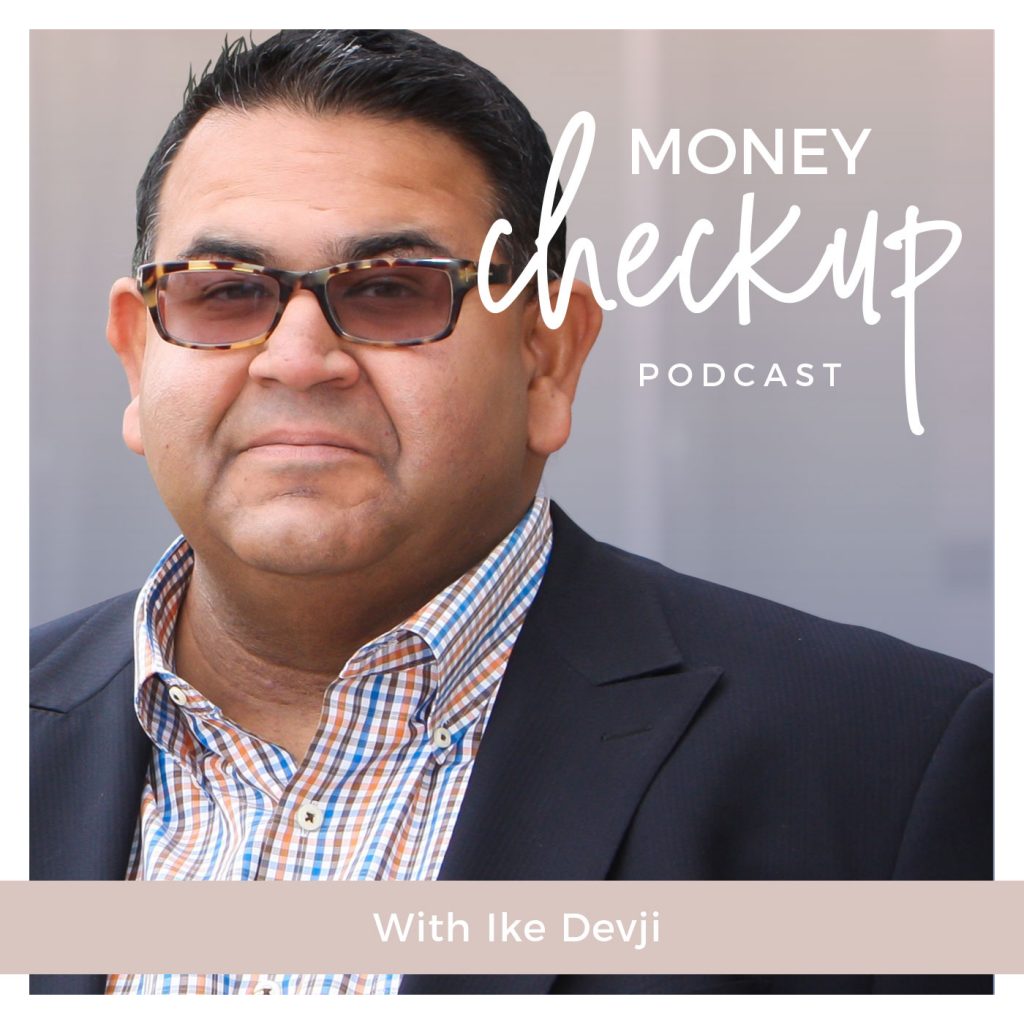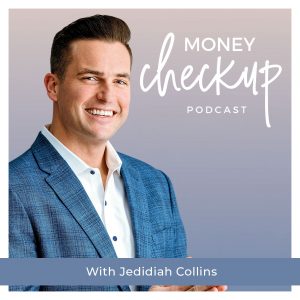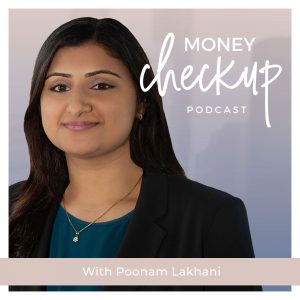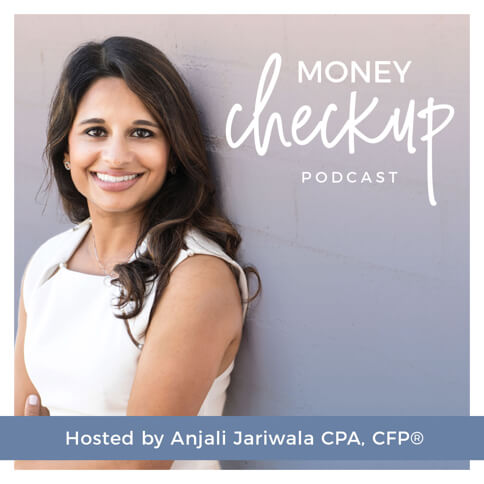If estate planning is about determining what to do with your wealth after you die, then asset planning — or asset protection — is about looking after your wealth while you are alive.
Asset protection involves proactively addressing your risks and legal exposure through insurance and strategically organizing your assets and liabilities.
When considering asset planning, it’s important to think of yourself holistically. You are not just a physician or a business owner. All physicians should have insurance to protect them from medical malpractice claims. Employers should carry worker’s compensation coverage. But you may also be a real estate owner, a parent, or someone who stores confidential customer data. And all those roles expose you to additional risks.
The biggest mistake people make when it comes to asset protection is doing nothing. Many people wait until they have a crisis — a car accident, a medical malpractice claim, or a lawsuit filed by an employee, for example — to start learning about their asset protection options. But once you have been exposed to legal risk, it may be illegal to begin shielding your assets.
Many of those people who do nothing about asset protection simply don’t think they’re wealthy enough to worry about it. That is often not true. Protecting yourself and your business or your practice early will ensure that you’re prepared if you do face a legal claim. And even if a judge decides in your favor, the cost of the defense itself could be far more than you expect.
Risk factors in asset protection
Lawsuits are, in large part, business decisions. Lawyers will evaluate defendants based on how much wealth they have and how easy that wealth will be to collect. That second factor — collectibility — is key. Someone with high net worth might seem like a likely target for a lawsuit, but if they have properly organized their assets and are well insured, that can discourage litigators from pursuing judgments against them. (This is particularly true in cases that work on contingency, where the attorney only gets paid if their client collects.)
For example, the national average for a medical malpractice judgment is about $3.9 million. Many physicians carry a $1 million medical malpractice insurance policy. The physician is then on the hook for the remaining $2.9 million — if attorneys prove that it is collectible. Defendants whose wealth is not collectible are less likely to be pursued beyond the limits of their insurance policies.
Additionally: If you own a vehicle or a home, you are liable for things that happen in those spaces. If your teenager crashes your car or a guest slips and falls in your home, you can be held financially responsible.
You face personal liability if you are a board member in any capacity, including for a private company, religious institution, or foundation.
If you are a business owner with employees, you are exposed to a variety of risks. That includes everything from sexual harassment lawsuits to worker’s compensation to insurance against active shooter incidents.
Similarly, if you own an asset like a piece of real estate that is open to the public or a vacation home that you informally lend to friends, you can be held liable for what happens on that property. That can include injuries and incidents of violence.
How can you protect yourself from all these different types of exposure? First, insure yourself and your business thoroughly. Then, organize your assets in a way that shields them from as much exposure as you can.
Insurance to protect personal assets
Insurance is the first line of defense when it comes to protecting your personal assets.
About 40,000 people die each year in car accidents in the U.S and many more are injured. In each of those cases, almost everyone involved may have a legal claim. Similarly, homes are the sites of innumerable accidents. A child’s friend could be injured in your pool. Your dog could bite a guest. An in-home employee could be injured on the job.
Homeowners insurance and automobile insurance typically include small amounts of liability coverage, but their primary purpose is to protect your property. Most state requirements for liability insurance are quite low compared to the size of actual claims, thus it is important to review your liability coverages and increase them if need be in both types of policies.
In addition to underlying liability, most households should carry an umbrella personal liability insurance policy. An umbrella policy usually extends over the home and auto policies to provide additional liability coverage. This means you first pay claims out of specific insurance policies, like home or auto insurance. Once those underlying policies are exhausted, umbrella insurance kicks in.
Many households carry a $1 million umbrella insurance policy. My recent podcast guest, Ike Devji, often recommends $2 million in coverage, because the costs of medical care and property replacement are rising so fast. Clients with very high net worth may need even more coverage, because the larger your assets, the larger your shield should be to protect those assets.
If you have private interests that may come with greater-than-average liability risks — for instance, if you have your private pilot’s license — you may want to carry a larger policy to cover the cost of an expensive accident.
In addition to having sufficient liability coverage, you should also carry insurance to cover your own losses. If your home burns down or floods, or if your car is totaled in an accident, you will want coverage for the costs of replacing the value you lost. You can protect yourself from an at-fault driver who doesn’t have insurance or has low liability limits by adding uninsured/underinsured coverage to your auto policy.
Finally, if you employ a nanny, in-home healthcare worker or any other person, make sure to carry your own workers compensation insurance. It may seem like only minor injuries can happen in the home, but slips and falls can be dangerous — and get expensive quickly.
Asset protection and insurance for your business
Just as with personal asset protection, insurance is the first shield your business has against liability. Think of liability insurance as a bulletproof vest for your business: It should be multilayered, maybe with some redundancies, with each policy covering different aspects of the business to different limits.
Medical malpractice insurance covers claims relevant to your professional expertise as a physician. But if you own or co-own a practice, or if you are a business owner in a different field, you should also carry:
Insurance that protects you in case of employee lawsuits. For most business owners, the biggest risk you face is an employee lawsuit. The average verdict in a sexual harassment lawsuit is more than $500,000, and that doesn’t include litigation costs. This may be covered by a general liability policy but you may also need to consider an EPLI policy (Employment Practices Liability Insurance) specific to this risk. General liability policies are great,but it is important to understand what is covered and what is not.
You should also carry Directors and Officers (D&O) insurance, which covers all the executive liabilities someone may have that are outside the scope of the general liability policy. Someone is responsible for every single decision made at a company, and if that responsibility has not been specifically assigned, liability will likely fall to the owner.
Data breach and cyber liability insurance. These policies can limit your exposure in case confidential information is leaked from your business. This could be anything from HIPAA information to credit card numbers. A data breach policy should protect you not only in case of a hack by an outside source but also in case an employee steals or mishandles confidential information.
Insurance that can protect your employees and customers. Business can be on the hook for acts of violence that take place on their grounds, including shootings.
Business interruption insurance. If your business is the site of an act of violence, if your building is damaged by a natural disaster, or if for any other reason you cannot operate your business for some period of time, business interruption insurance can help. These policies will payout at least some of your usual cash flow so you can meet your obligations until your business is fully operating again.
Physicians often ask their medical malpractice insurance carrier if some of these exposures are covered. Their medical malpractice insurance carrier may offer a rider to provide for some of these added coverages. But these riders may not be sufficient. In order to ensure you have a comprehensive insurance policy in place for your business, consider utilizing the help of an experienced, multi-line commercial insurance broker. For most businesses, note that each area of coverage should have at least a $1 million limit.
As your business grows, your coverage should grow with it. Evaluate your insurance once a year or any time there’s a major change in your business, ideally with input from a specialist, to make sure it’s sufficient for your evolving needs. If you ever have to submit a claim, consider reaching out to all of your insurance providers to see which carrier will provide the best coverage.
Structural tools for asset protection
In addition to carrying overlapping insurance policies, you can protect your assets by organizing them well. For example, many real estate investors create LLCs that own those assets. This is a good line of defense because it protects the property from you — that is, if you face a medical malpractice claim, the property is protected from that claim — and it protects you from the property, meaning you are not personally liable for everything that happens there. Finally, it protects the income stream itself. If a rent check is written to you as an individual every month, that income is accessible in a lawsuit. If it is written to an LLC, that is not the case.
Taxable accounts or non-qualified savings and investments, including cash, stocks and bonds, securities, and money market accounts, should not be in your own name either. Many investors create a limited partnership, which is effectively an investment management company for your family. This company can hold many different kinds of assets and can safely receive any income or distributions they generate.
Generally speaking, use personal tools for personal assets and business tools for business assets. An irrevocable trust may be appropriate for your personal or family home or for assets you want to protect for a family member, but it is likely not the right tool for business assets.
Protecting your assets is a complex, multi-step process, so it is essential to consult experts for help in evaluating your risk factors — and, critically, make sure you do this before a legal claim arises so that when it does, you are equipped to protect the wealth you’ve built.
Ike Devji is an attorney whose practice has focused on asset protection, wealth preservation, and risk management for more than 15 years. Contact him at http://www.proassetprotection.com/.




